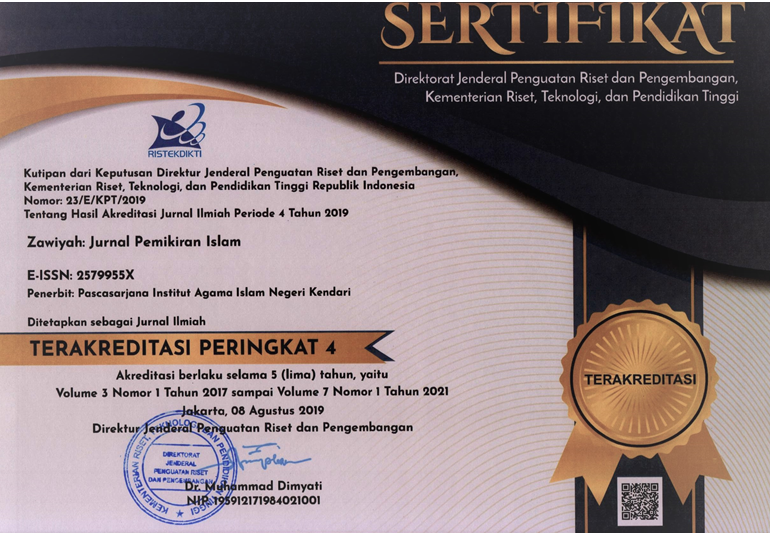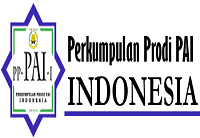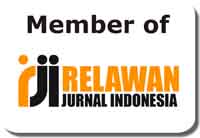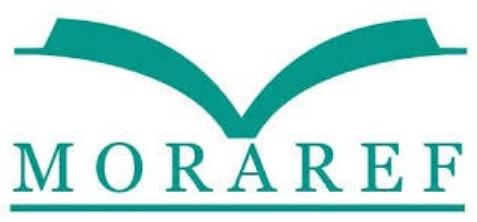INTEGRASI SAINS DALAM MATERI PEMBELAJARAN BAHASA ARAB PADA PERGURUAN TINGGI KEAGAMAAN ISLAM
Abstract
This paper discusses the integration of science in the preparation of learning materials in Arabic on Islamic Higher Education in Indonesia. Arabic learning is inseparable from the study of linguistics, particularly in understanding some of the terms related to the meaning attributed to the word "language". Meanings of the word strongly associated with language learning objectives, so that the language can be interpreted as a science and as a communication tool. This study also illustrates some characteristics of language that could be enlightening understanding of the learners about the language in general, such understanding is expected to be synergized with learning materials one foreign language at the Islamic Higher Education, namely Arabic. Arabic material design should be based on facts, concepts, principles, and skills. The fact is the socio-cultural reality of the academic environment and the needs of disciplines based on each department. The use of conceptual studies in the preparation of the material helps theoretical representation regarding the material in Arabic. The principle in the preparation of materials in line with the principle of learning Arabic, which is the principle of priority, gradation, and motivation. Preparation of Arabic language materials can include different materials based on language skills, so as to achieve the objectives of integrated instructional materials science. The integration of materials science in learning Arabic to facilitate the practice of science based disciplines at every department in the Islamic Higher Education.
Keywords
Full Text:
PDF (Bahasa Indonesia)References
Alisjahbana, Sutan Takdir. dikutip dalam Hilman Adikusuma, Bahasa Hukum Indonesia. Cet. II; Bandung: PT. Alumni, 1992.
Alwasilah, A. Chaedar. Linguistik Suatu Pengantar. Cet. X; Bandung: PT. Angkasa, 1993.
Azra, Azyumardi. Esei-Esei Intelektual Muslim dan Pendidikan Islam. Cet. I; Jakarta: Logos Wacana Ilmu, 1998.
Brown, H. Douglas. Principles of Language Learning and Teaching. New Jersey: Prentice Hall, Inc, 1980.
Cassirer, Ernest. An Essay on Man. New Heaven: Yale University Press, 1944.
Chaer, Abdul. dan Leonie Agustina. Sosiolinguistik: Perkenalan Awal. Cet. I; Jakarta: PT. Rineka Cipta, 1995.
Chaer, Abdul. Linguistik Umum. Cet. I; Jakarta: PT. Rineka Cipta, 1994.
de Saussure, Ferdinand. Pengantar Linguistik Umum. Cet. III; Yogyakarta: Gajah Mada University Press, t. th.)
Departemen Pendidikan dan Kebudayaan, Kamus Besar Bahasa Indonesia Edisi Kedua. Cet. I; Jakarta: Balai Pustaka, 1991.
Fishman, J. A. (ed.). The Sosiology of Language. Rowly Masschussett : Newbury House, 1972.
Hidayat, Komaruddin. Memahami Bahasa Agama: Sebuah Kajian Hermeneutik. Cet. I; Jakarta: Paramadina, 1996.
http://id.m.wikipedia.org/wiki/Perguruan_tinggi_Islam_negeri_di_Indonesia diakses pada 19 September 2016.
http://pegiatbahasaarab.blogspot.co.id/2014/12/penyusunan-bahan-ajar-bahasa-arab.html?m=1 diakses pada tanggal 12 September 2016.
http://tugasmanajemen.blogspot.com/2011/03/pengertian-bahasa-fungsi-bahasa-ragam.html diunduh pada tanggal 20 Mei 2015.
Huxley, Aldous. “Words and Their Meaning” in Max Black (ed.), The Importance of Language. Englewood Cliffs, N. J : Prentice Hall, 1962.
Iskandarwassid dan Dadang Sunendar. Strategi Pembelajaran Bahasa. Cet. I; Bandung: PT. Remaja Rosdakarya, 2008.
Keraf, Gorys. Komposisi: Sebuah Pengantar Kemahiran Bahasa. Cet. IX; Jakarta: PT. Nusa Indah, 1993.
Kridalaksana, Harimurti. Kamus Linguistik Cet. V; Jakarta: Gramedia Pustaka Utama, 1993.
Nunan, David. Designing Tasks for the Communicative classroom. New York: Cambridge University Press, 1989.
Ohoiwutun, Paul Sosiolinguistik: Memahami Bahasa dalam Konteks Masyarakat dan Kebudayaan. Cet. I; Jakarta: PT. Kesaint Blanc, 1996.
Pateda, Mansoer. Linguistik: Sebuah Pengantar. Cet. VII; Bandung: PT. Angkasa, 1994.
S. Anderson, Paul. Language Skill in Elementary Education. New York: Macmillan Publishing Co. Inc, 1972.
Shadily, Hassan. Ensiklopedi Indonesia JilidVI. t. tp.: Ichtiar Baru Van Hoeve & Elsevier Publishing Projects, t. th.
Soeparno. Dasar-Dasar Linguistik Umum. Cet. I; Yogyakarta: PT. Tiara Wacana Yogya, 2002
Suryasumantri, Jujun S. Filsafa Ilmu: Sebuah Pengantar Populer. Cet. X; Jakarta: Sinar Harapan, 1996.
Tha’imah, Rusydi Ahmad. Dalil fi I’dad al-Mawad al-Ta’limiyah li Baramif Ta’lim al-‘Arabiyah. Makkah al-Mukarramah: Dar al-Marikh, 1985.
Tim Penulis Ensiklopedi Umum. Ensiklopedi Umum. Yogyakarta: Yayasan Kanisius, 1973.
Tim Penyusun, The Lexicon Webster Dictionary Vol. I. Cet VI; America: The English Language Institute of America, Inc, 1977.
Titus, Harold H. and Marilyn S. Smith, dan Richard T. Nolan, Living Issues in Philoshopy diterjemahkan oleh H. M. Rasjidi dengan judul Persoalan-Persoalan Filsafat (Cet. I; Jakarta: Bulan Bintang, 1984.
Wardhaugh, Ronald. Introduction to Linguistics. t.tp: Mc Graw-Hill Book Company, 1972.
Zaini, Hisyam et.al.,. Desain Pembelajaran di Perguruan Tinggi. Yogyakarta: CTSD IAIN Sunan Kalijaga, 2002.
DOI: http://dx.doi.org/10.31332/zjpi.v2i1.562
Refbacks
- There are currently no refbacks.
Copyright (c) 2017 Zawiyah: Jurnal Pemikiran Islam

This work is licensed under a Creative Commons Attribution-ShareAlike 4.0 International License.
View My Stats













